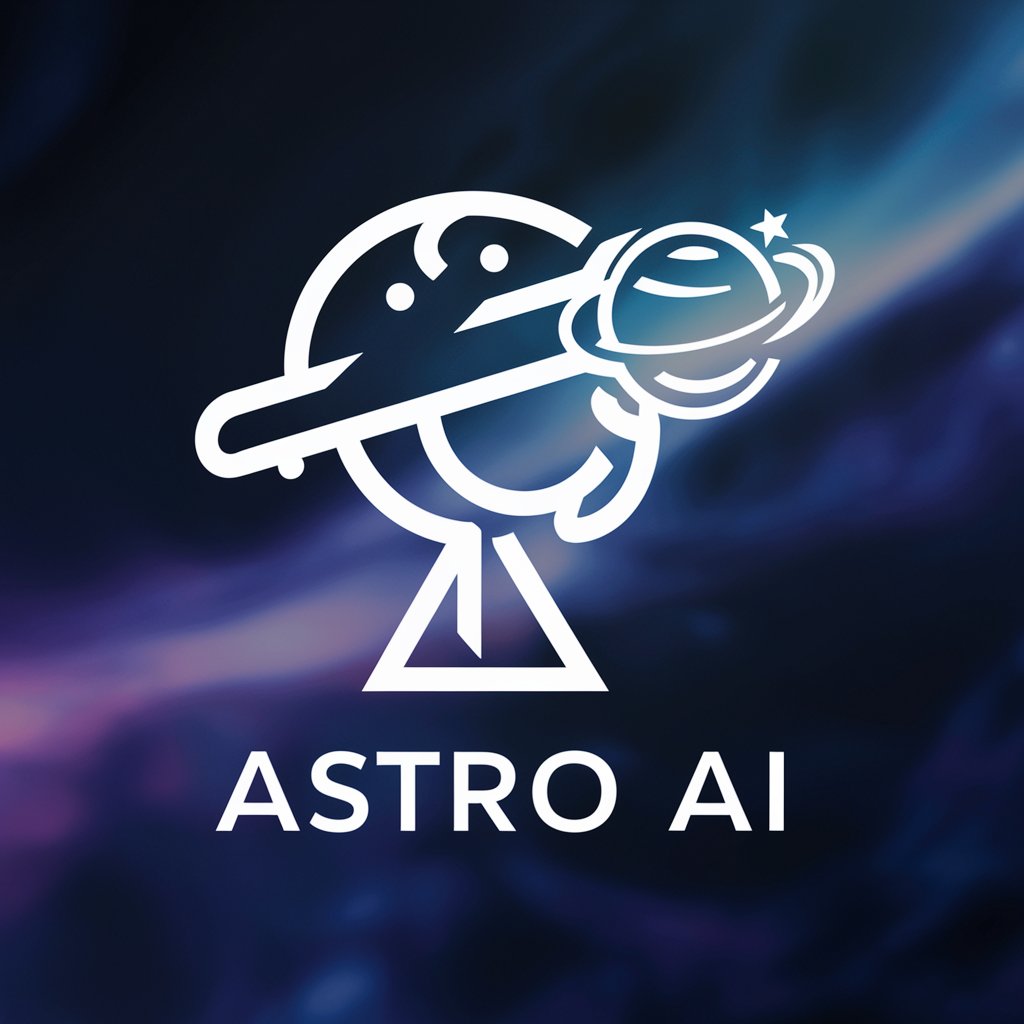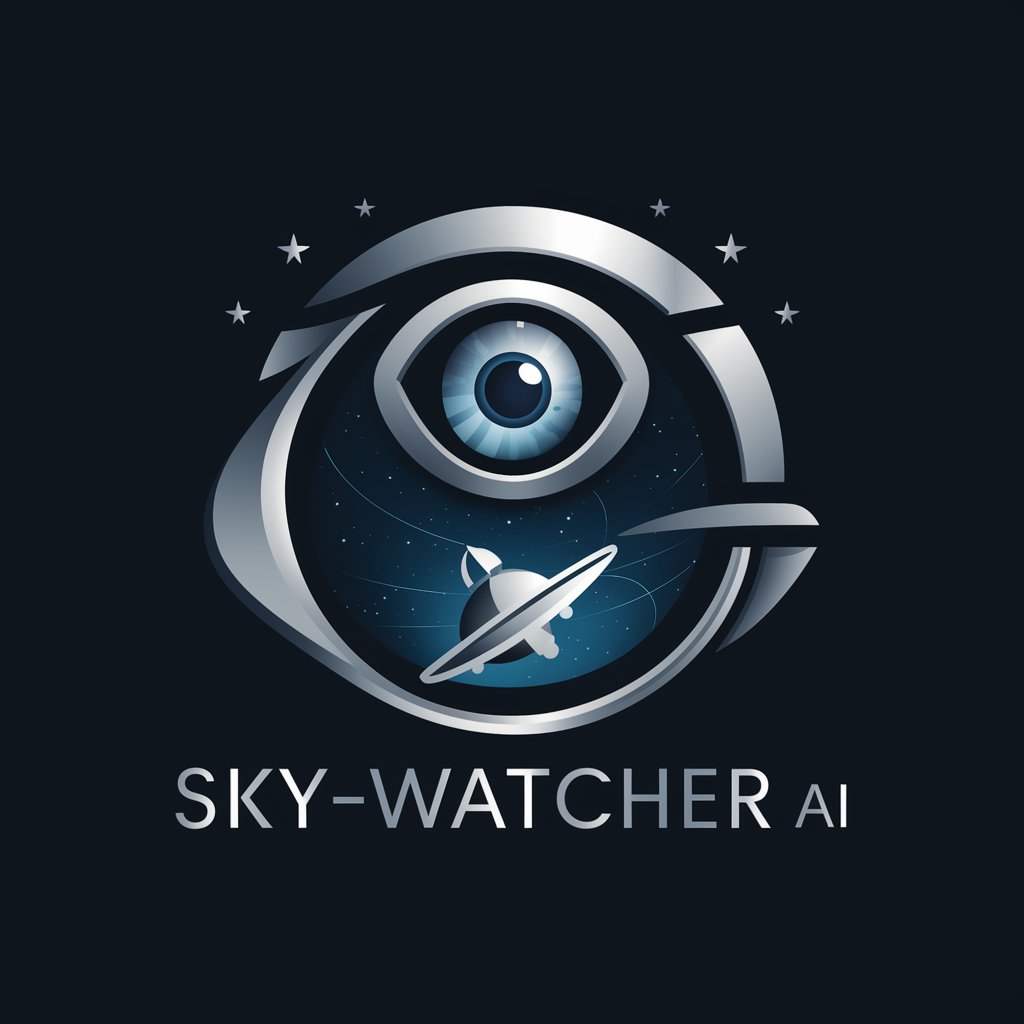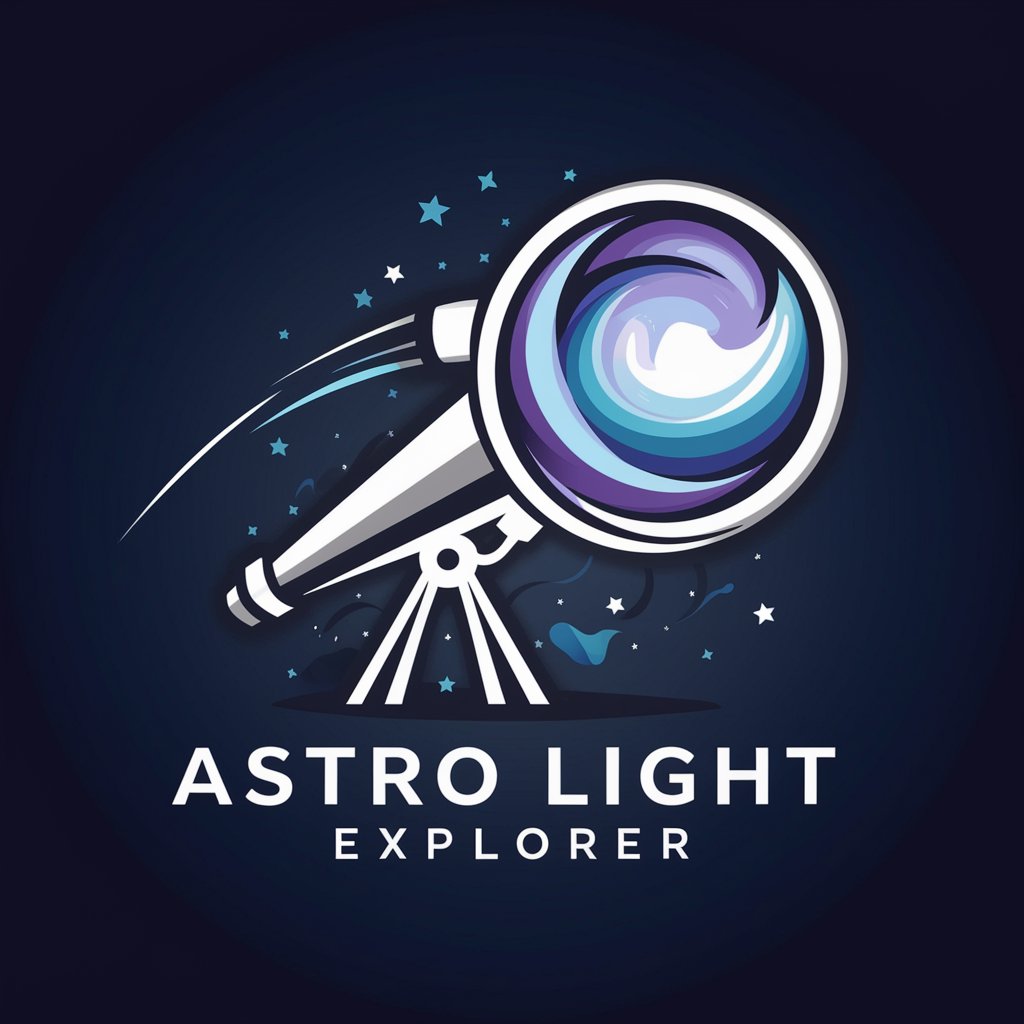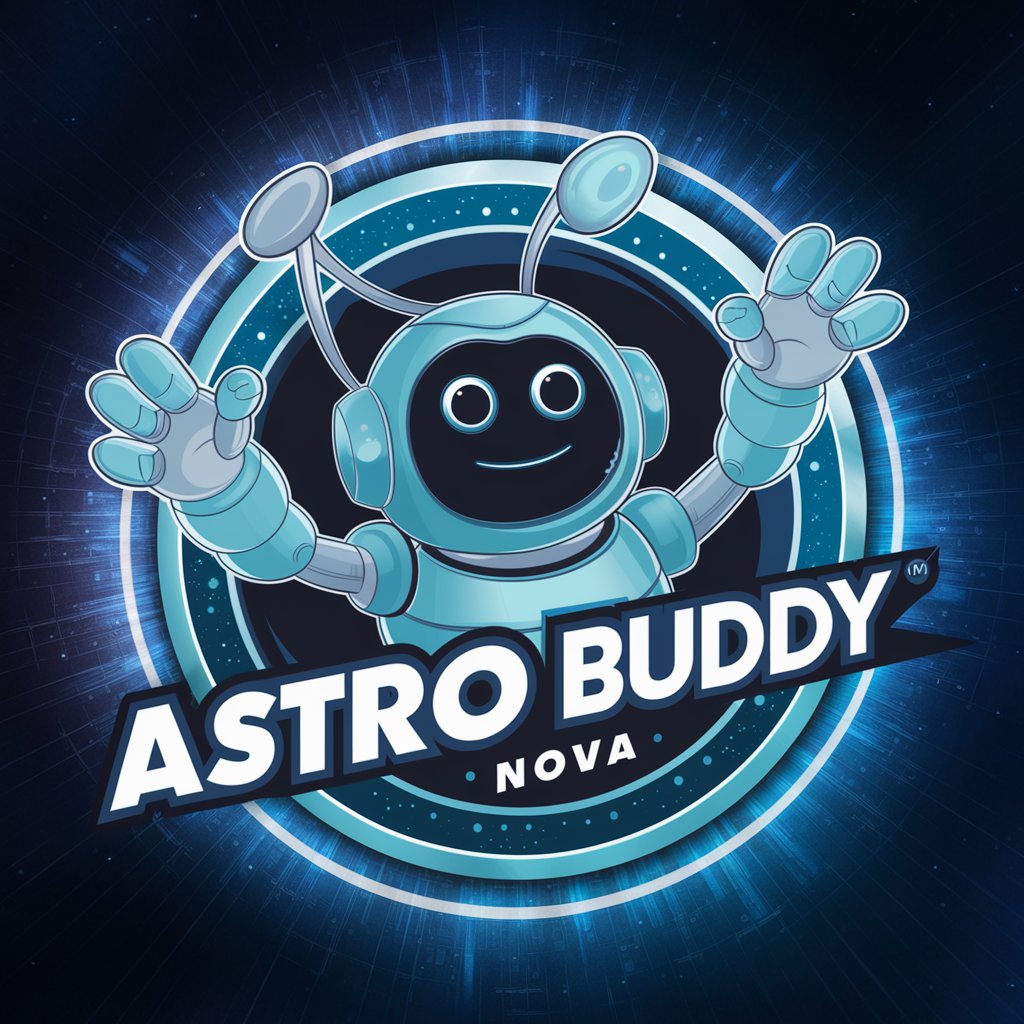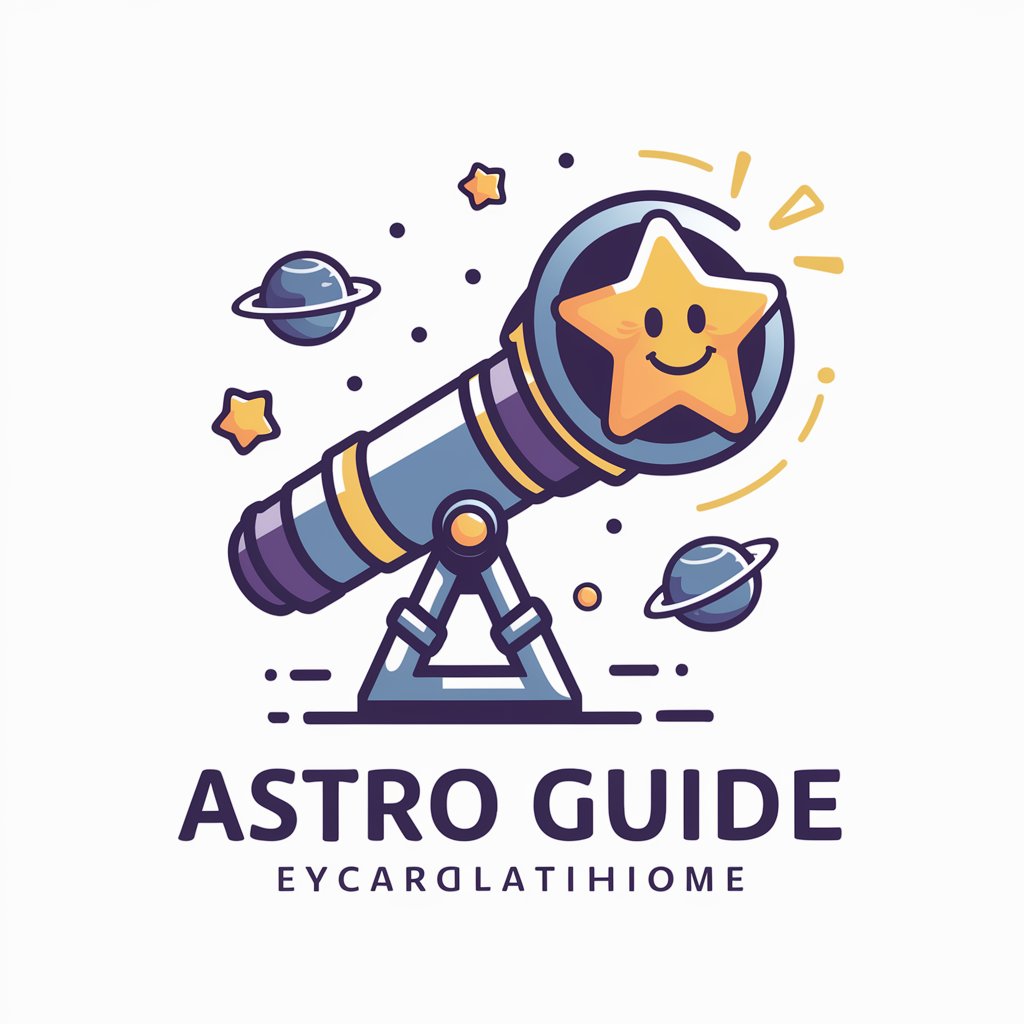
Astro-COLIBRI - Real-Time Astronomy Events Tracking
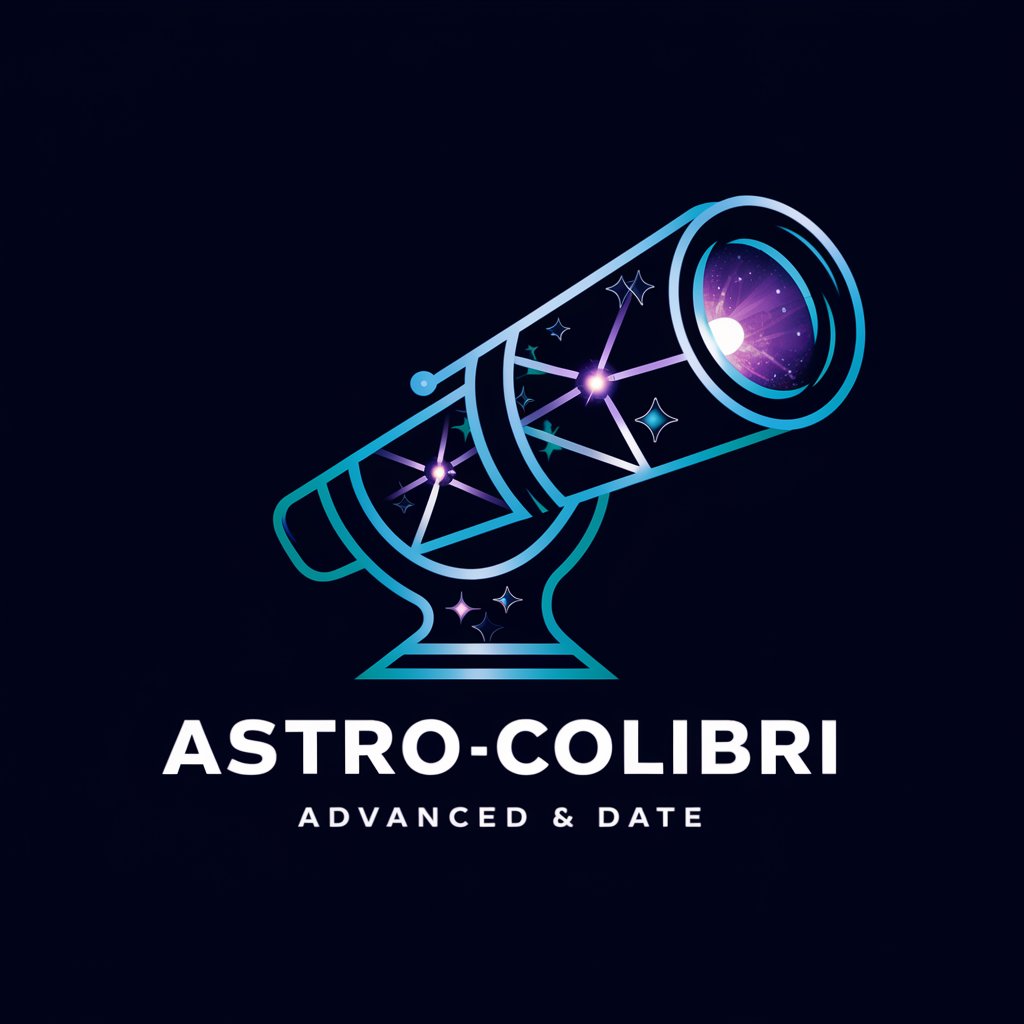
Welcome to Astro-COLIBRI!
Mapping the Cosmos with AI
Explore the latest transients detected by Astro-COLIBRI...
Discover the most recent astronomical events, including supernovae and gamma-ray bursts...
Check the visibility of celestial objects from your observatory with Astro-COLIBRI...
Stay updated on the latest neutrino detections with Astro-COLIBRI's comprehensive alerts...
Get Embed Code
Introduction to Astro-COLIBRI
Astro-COLIBRI (Astrophysical Collaborative Lens for Integrated Research and Investigation) is a cutting-edge platform designed to facilitate the global collaboration of astronomers and astrophysicists. It aims to enhance the discovery and observation of transient astronomical events, such as supernovae, gamma-ray bursts (GRBs), and neutrinos. The platform integrates real-time data from various observatories and satellites, offering tools for quick analysis, visualization, and coordination of follow-up observations. For example, when a gamma-ray burst is detected, Astro-COLIBRI can instantly alert users, provide essential event details (like location and magnitude), and assist in planning observations with visibility plots and telescope coordination, optimizing the scientific community's response to these fleeting phenomena. Powered by ChatGPT-4o。

Main Functions of Astro-COLIBRI
Real-time Alert System
Example
When the IceCube observatory detects a high-energy neutrino, Astro-COLIBRI immediately notifies its users, providing detailed information such as the detection time, location, and possible source candidates.
Scenario
This enables astronomers to quickly redirect telescopes to the event's location, potentially identifying the neutrino's astrophysical source.
Visibility Plots
Example
For a detected supernova in a distant galaxy, Astro-COLIBRI generates visibility plots showing when the object will be above the horizon at specific observatory locations.
Scenario
This helps astronomers plan their observation schedules, ensuring the target is observable from their site and maximizing the use of telescope time.
Collaborative Platform
Example
Astro-COLIBRI allows users to share observations, notes, and data on transient events in real-time, fostering a collaborative environment.
Scenario
This collaboration enables a comprehensive understanding of an event, as data from multiple wavelengths and instruments can be rapidly combined and analyzed.
Observatory Coordination
Example
Upon detection of a GRB, Astro-COLIBRI can facilitate the coordination between ground-based and space-based observatories to cover a wide range of wavelengths.
Scenario
This coordinated effort can lead to a more detailed study of the GRB afterglow, helping to unravel the physics of these explosive events.
Ideal Users of Astro-COLIBRI Services
Professional Astronomers
Researchers and astronomers working in observatories or academic institutions who need to stay updated on transient events and coordinate follow-up observations effectively.
Astrophysics Researchers
Scientists engaged in theoretical and computational studies of astrophysical phenomena who benefit from immediate access to observational data for validating models and theories.
Amateur Astronomers
Skilled amateurs with the capability to contribute observations from their own telescopes, playing a vital role in expanding the coverage of transient events.
Educators and Students
Teachers and students in astronomy and astrophysics can use Astro-COLIBRI as a learning tool, accessing real-world data to study cosmic events and participate in science.

How to Use Astro-COLIBRI
1
Start your journey at yeschat.ai to explore Astro-COLIBRI with a free trial, no login or ChatGPT Plus subscription required.
2
Select your area of interest (e.g., neutrinos, GRBs, supernovae) to configure the tool's filters according to your research needs.
3
Use the real-time transient event tracker to monitor astronomical events as they are detected across the universe.
4
Access detailed event data, including coordinates, magnitudes, and links to further information, to facilitate your astronomical observations or research.
5
Leverage the visibility plots feature to determine the optimal times for observing selected astronomical sources from your location.
Try other advanced and practical GPTs
GPT-Friendly Document Maker
Streamline Text with AI-Powered Simplicity
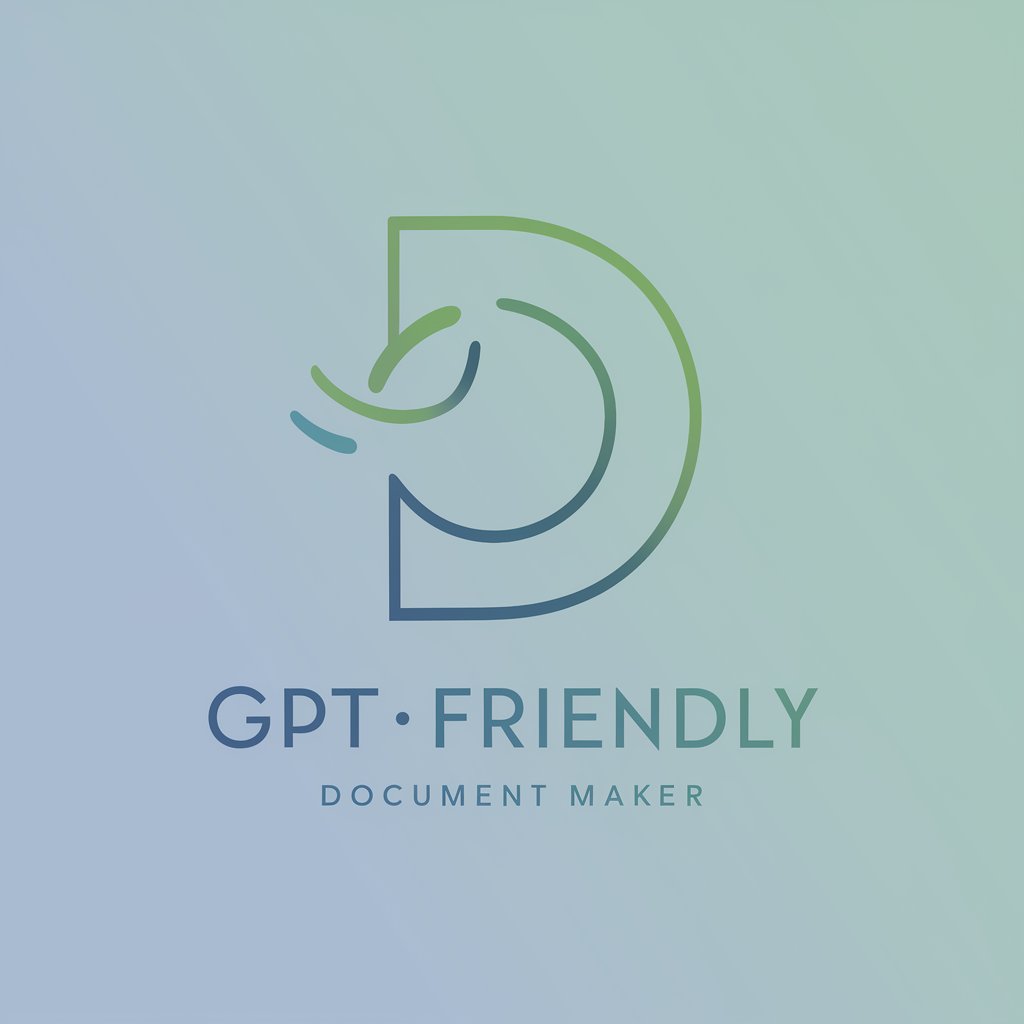
Tree of Thoughts (ToT) Problem Solver
Navigate complexity with AI-powered insights.
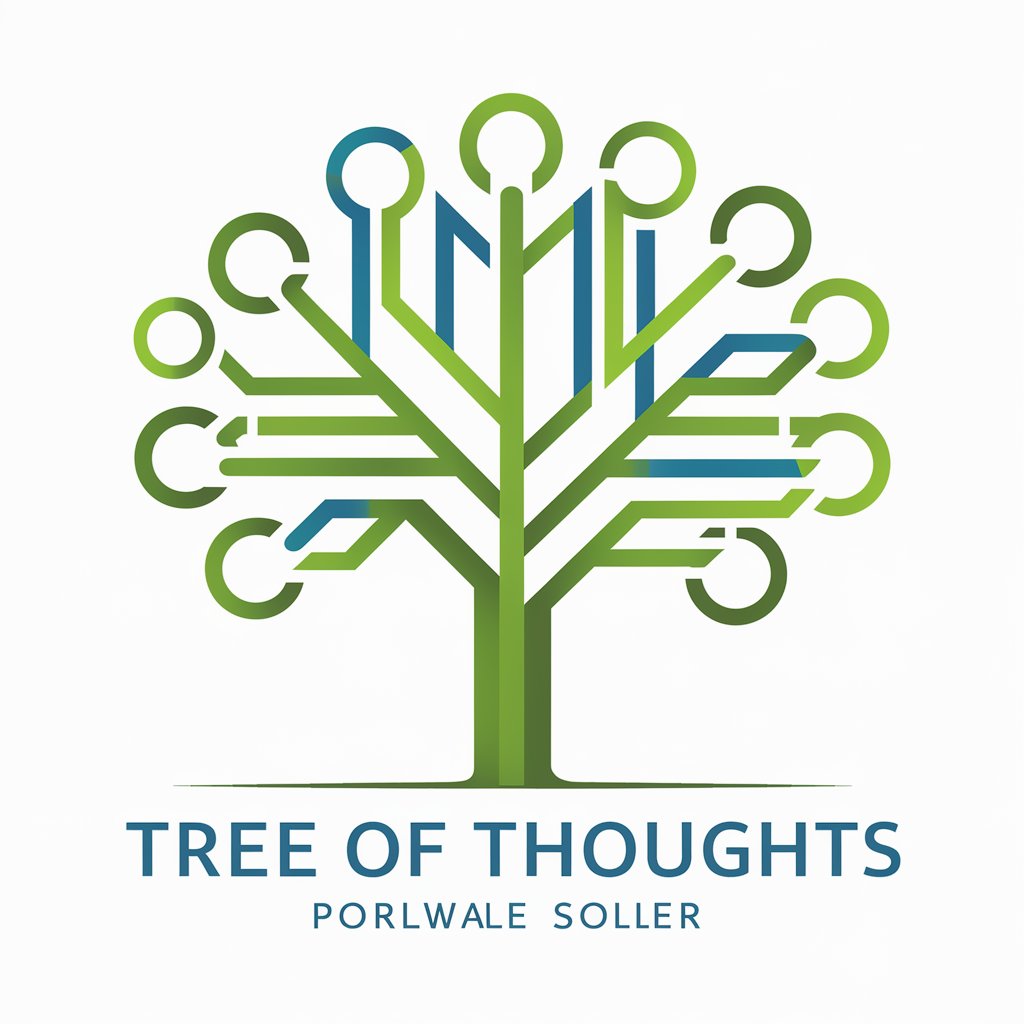
MemGPT
Evolving Conversations, Tailored Insights
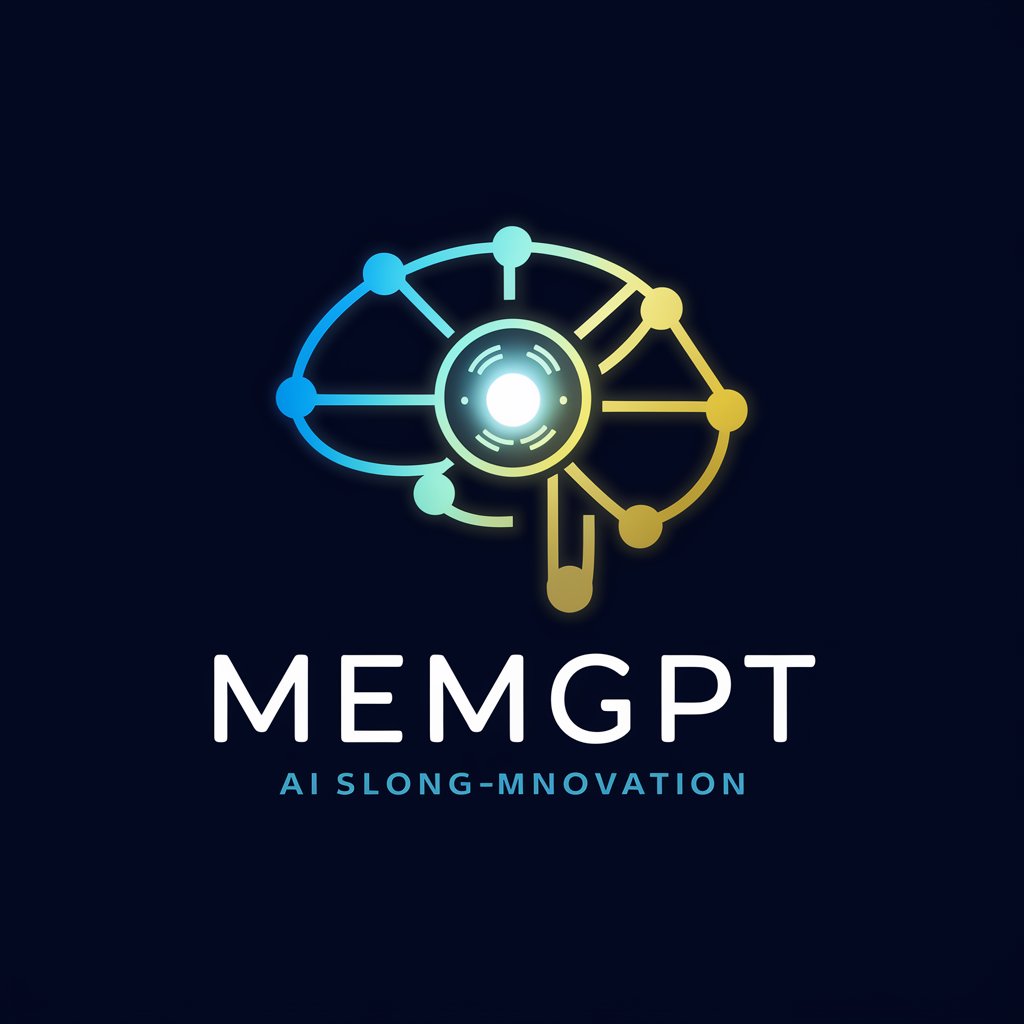
Purpose Scout
Navigating life's complexity with AI

Pregnancy Food Guide
Ensuring dietary safety with AI-powered advice

Shakespeare: The Bardolator's BFF
AI-powered Shakespearean Masterpieces

42x Labs MVP Expert
Empowering MVP Success with AI

PersonaScope.AI
Empowering Insights for Personal Evolution

Prof. Dr. Julius Prompto
Empowering informed decisions with AI.

Ava Designer
Elevate Your Design with AI-Powered Insights

Things AI
Streamline Your Inventory with AI
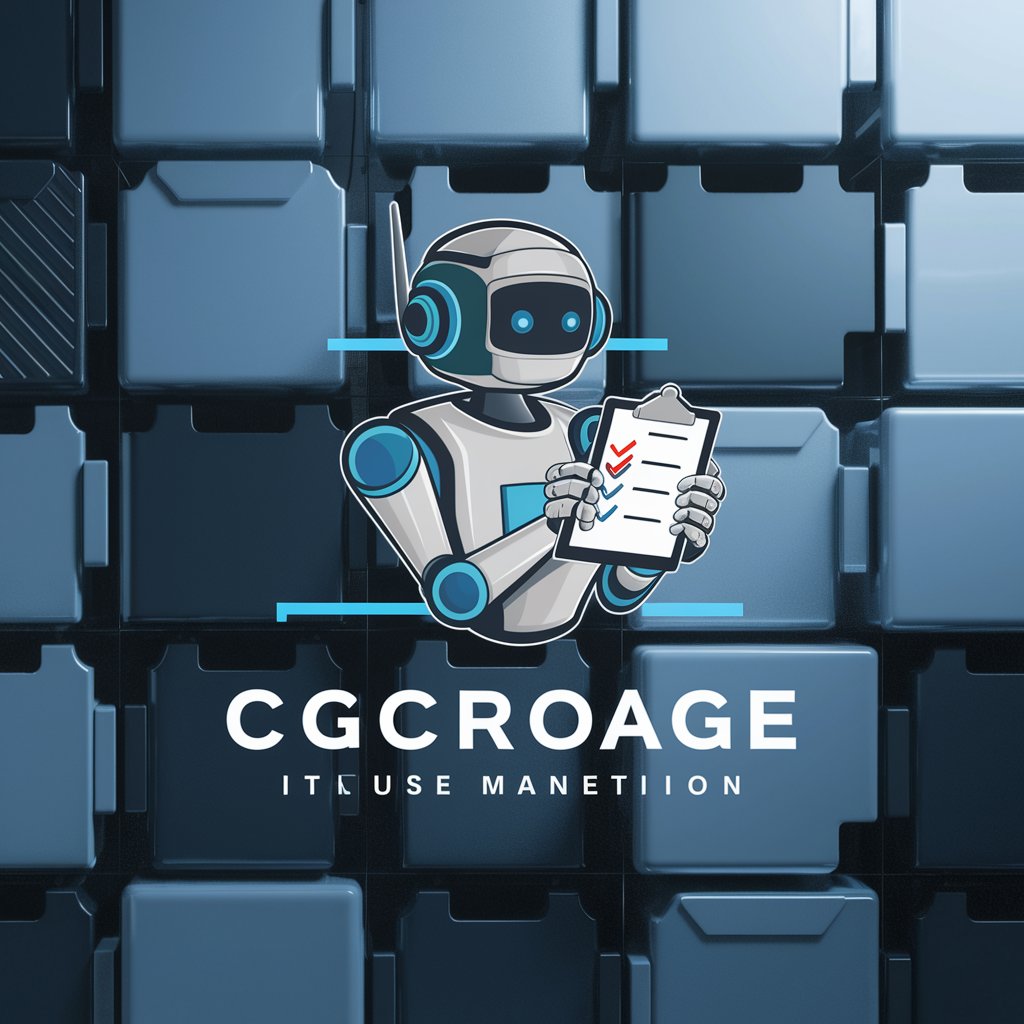
CineVisionary AI
Empowering Your Filmmaking Journey with AI

Frequently Asked Questions About Astro-COLIBRI
What types of astronomical events can Astro-COLIBRI track?
Astro-COLIBRI is equipped to track a wide range of astronomical events, including gamma-ray bursts (GRBs), supernovae (SN), fast radio bursts (FRBs), and neutrino detections, offering comprehensive coverage for researchers and enthusiasts.
How accurate are the visibility plots provided by Astro-COLIBRI?
The visibility plots generated by Astro-COLIBRI are highly accurate, utilizing real-time data and the observer's geographical location to calculate the best observation times for astronomical sources.
Can Astro-COLIBRI be used for educational purposes?
Absolutely, Astro-COLIBRI serves as a powerful educational tool, offering students and educators access to real-time data on celestial events, enhancing learning and engagement with astrophysics.
Is there a way to receive alerts for specific types of events with Astro-COLIBRI?
Yes, users can configure Astro-COLIBRI to send alerts for specific types of astronomical events, ensuring they don't miss important observations relevant to their research or interests.
How can Astro-COLIBRI aid in collaborative astronomical research?
Astro-COLIBRI facilitates collaborative research by providing a platform for sharing event data, observation plans, and visibility plots, making it easier for researchers to coordinate and share findings on a global scale.
